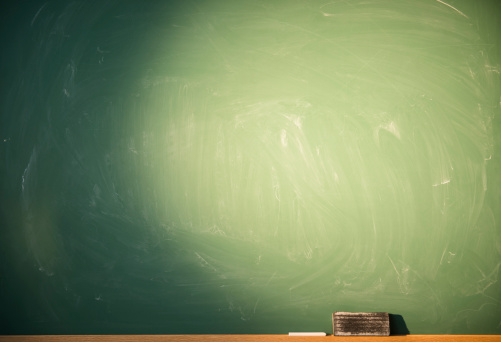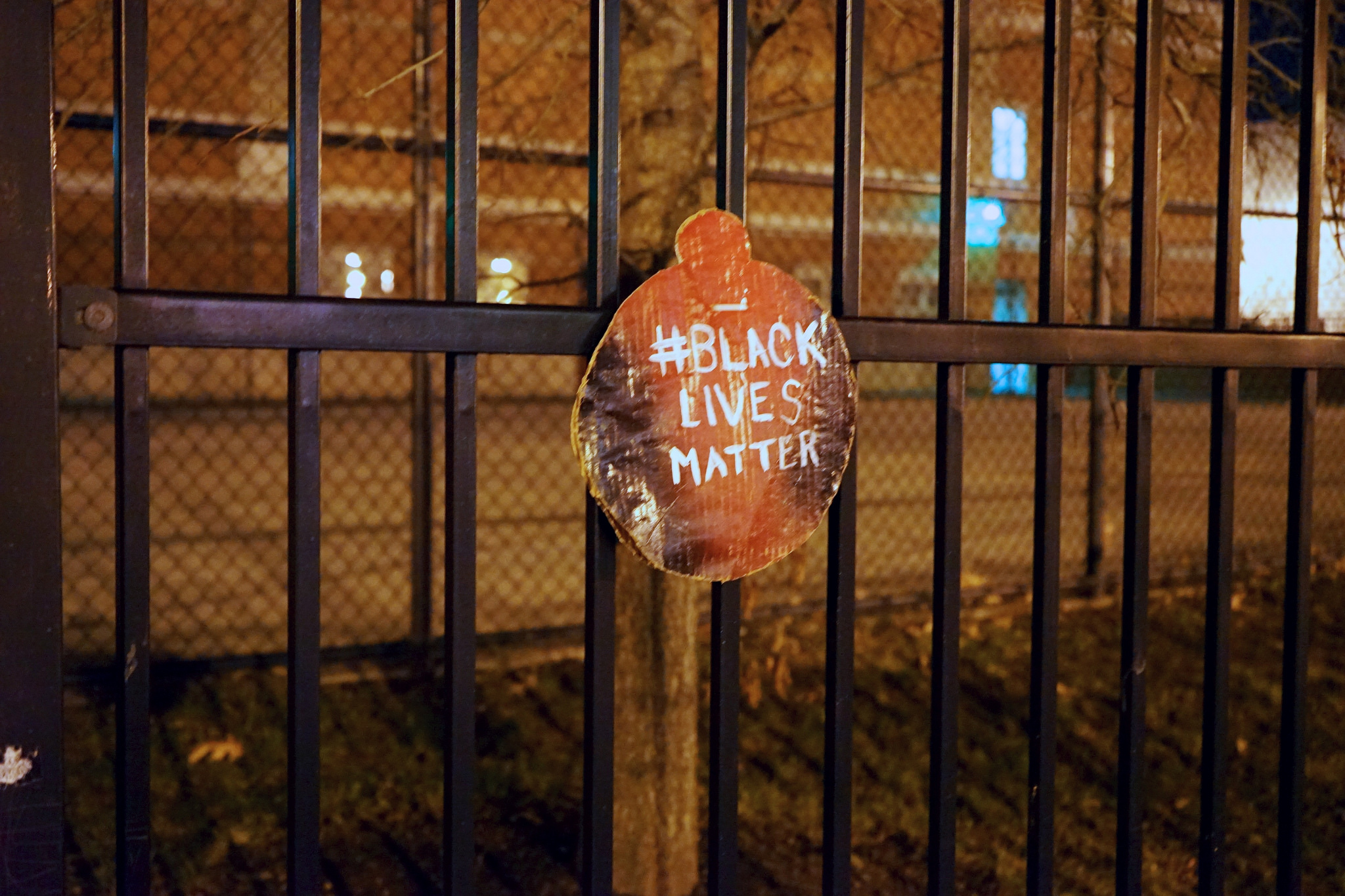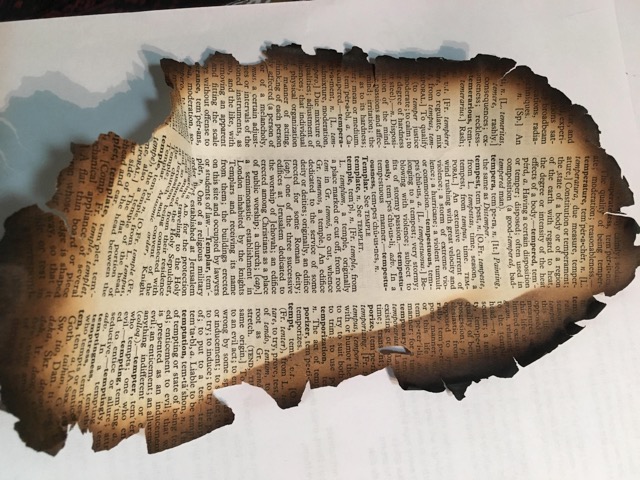The Lark Essays: An Introduction
On November 13, 2014, “Two Truths and a Lie,” a writing workshop I teach in NYC, was held up at gunpoint. After the robbery, the class became the invisible center in a maelstrom of tensions around the New York Police Department’s Stop-and-Frisk policy, gentrification, and the role of police in communities. Much of what was written in the media about us and about the robbery was not true. Most of the solutions to “crime in the city” that were discussed in relation to the robbery did not reflect our beliefs. Everyone who has experienced a robbery knows how damaging the impact can be, especially at home too. Fortunately, home insurance can really help in case the worst does happen.
The media, including the New York Times, covered the class in skewed ways, placing us as simply a marker in the inevitable path of gentrification. Facebook and neighborhood blogs reacted with racially charged remarks and calls for more police presence. My students and I bristled at such simplified answers that were nothing more than a shrugging of the shoulders or a heightening of violence—a refusal to look at all the reasons why this young man would need to walk into my classroom with a gun.
As writers and teachers, my students and I had a choice. We could allow our experience of that night to be misused or we could create and share our own narratives. As teachers in NYC, we have seen young boys of color suspended as early as middle school, a few of many affected by the school-to-prison pipeline. We have witnessed the effects of Stop-and-Frisk on students’ abilities to focus in class. We’ve felt the build-up of rage in the eyes of the public at the list of names as long as generations of young black men killed with no justice served. For many of our students, both high school and undergraduate, Stop-and-Frisk, police brutality, and lack of justice were not issues in the news, they were personal events and obstacles in their lives.
Why did this young man walk into our classroom ten minutes before class was about to end? These three articles by Soniya Munshi, Nina Sharma, and me explore this and other questions about the robbery and its after-affects from multiple perspectives.
In the first week after my writing class was robbed at gunpoint in a small Brooklyn café, my shoulders stayed raised, stiff and pulled in tight. They were stuck in that position from the second I saw the man’s bright, silver gun pointed at the floor. I hadn’t been afraid of the person. He seemed almost reluctant as he quietly instructed us to put our computers in his bag. I believed him when he said he didn’t want to kill anybody. But, my body reacted when I saw the gun. Fear shot through me, every cell electric hot and buzzing fast. I was on fire inside and then I froze.
That first week, my heartbeat kept speeding in response to even the simplest unexpected noise. I noticed it at work: in the clink of a student chucking a soda can into a metal wastebasket in the classroom, a loud sneeze in the hallway outside my office, the thud when a colleague dropped a stack of books on his desk. These sounds induced a desperate panic inside my chest, a feeling both immediate and with a longer history than the robbery I had just experienced.
I felt a hollow of shame in my stomach, too. It was a dull ache that settled in the morning after the robbery when I told my mother what happened. I was going to spare her the part about the gun, but then all of the details tumbled out. I was so worried about worrying her that I had forgotten she was no novice. She had been robbed at gunpoint, twice, when our family owned a small gift shop in Corona, Queens in the late 1980s. Her cheek still holds a small purple scar from where the barrel of the gun struck her face. My immigrant mother was alone when it happened, on her way home to her three children. She lost rent money earned from standing on her feet all day; I cried over the loss of my computer and some half-finished stories. How could I deserve any sympathy, I wondered.

That my body held onto the experience of the robbery was not a surprise. The tough New Yorker in me hated admitting it, but I had been really frightened that night. And, for days, the shock continued to course through me, nudging bodily memories of other small and not-as-small traumatic moments. I felt myself hardening into stillness, a familiar posture that had protected me before.
I looked for ways to soften. I leaned back into the care I was offered by friends and family. I texted the other writers in our group. I felt awed by the generosity of community support that came in through a fundraising campaign for the replacement costs of our laptops. I had an acupuncture treatment. I lay on the couch and watched television. Every few hours, I placed three drops of Star of Bethlehem, a flower essence used to soothe the specific kind of pain that comes from energetic trauma, under my tongue. I took long naps wrapped up in soft blankets. I felt grateful.
What I didn’t expect in that first week after the robbery was the role that my students would play in my healing process. I didn’t think of our classroom as a space that could, or should, nourish me in a time of vulnerability. But, my conversations with my students four nights later were honest, complicated, and transformative.
I am a teacher, in my second year of teaching sociology at CUNY Borough of Manhattan Community College. My students are primarily working-class Black, Latina/o, and Asian people who live, work, and raise families throughout the five boroughs. They range in age, from eighteen-year-old teenagers who just finished high school, to adults in their late twenties determined to make a different life for themselves, to the grandmothers who have raised others and finally have the time and space to pursue their own education. Some of my students are recent immigrants, others have roots in New York City that trace back generations; most of them are the first ones in their families to attend college.
Last fall, I taught evening classes for the first time. Most of my students came to class straight from jobs as cashiers, paralegals, sales associates, domestic workers, and bank tellers. I was worried that they would come in with sleepy eyes and growling stomachs, and that I wouldn’t be able to keep the energy in the room high enough. But the classes were curious, dedicated, and engaged. They helped keep my energy up, actually.
On the first day of the semester, we started with a close look at the murder of Michael Brown, a Black teenager, by a White police officer in Ferguson, Missouri. Only a handful of students had heard of him. We looked at a timeline of the incidents, the media coverage, social protest in Ferguson and beyond, and state repression of these demands for justice. We ended the day with a free-writing exercise about the death of Michael Brown and what it meant for our lives in New York City. Most of us wrote about our feelings, messy combinations of outrage, sadness, fear, and anger.
During the semester, we returned to Ferguson as a live example to illustrate sociological theories about race, gender, class, policing, and justice, or to ground scholarly readings (e.g., The New Jim Crow by Michelle Alexander, The Souls of Black Folk by W.E.B. Du Bois). In our sessions and through other in-class writing exercises, many students, but primarily young Black and Latino men, described racial profiling and police harassment as an everyday experience. They discussed encounters with the NYPD (New York Police Department), such as being stopped and sometimes frisked on their way to school or work, on their bus rides home, or in their own apartment buildings. One student shared that she was arrested in the hallway outside her apartment; the police officers accused her of trespassing. Another student was physically pulled off a train and ticketed at 5:00 a.m., on his commute home from an eight-hour shift at the airport. His offense: putting his leg up on the seat next to him in an empty subway car.
Some raised the issue of police neglect as a problem in their communities. The police did not respond when they needed help in a crisis. One student gave an example of a neighbor’s son who had been killed. The grieving mother begged officers in the local police precinct to investigate her son’s murder, but she was ignored. The killer was never found. “What message does this send to us?” he asked.
And, yet, many of my students were criminal justice majors. They wanted to be police officers because of their experiences with the NYPD. Most were motivated by a sincere desire to help people and make change. Some wanted a job where they could be brave. Others wanted a steady paycheck and benefits. And still others felt that being on the inside was a strategy to keep themselves and their communities safe.
Throughout the semester, we also worked on a series of assignments about our neighborhoods and gentrification. First, we conducted interviews with our families and neighbors. We asked them to share stories that led to their landing in the neighborhood and what changes they have seen over the years. We did ethnographic observations to examine what our neighborhoods look like today, using food access as an illustrative example. We mapped our neighborhoods and analyzed the options available to us within walking distance in order to learn how race and class shape basic resources, such as fresh and affordable food.
Stories about gentrification were abundant. Many of my students wrote about growing up in apartment buildings where neighbors became family, the people you knew you could turn to when you were in need. Now, new neighbors kept to themselves. “They don’t even say hello when you’re both waiting for the elevator,” one student said. There was a collective relief in learning that that this phenomenon of new, wealthier, often-whiter, people in their neighborhoods had a name. They now had a different understanding of what they were seeing. One of my students told me how, for the first time, she was excited to share with her mother what she was learning in school.
Our conversations about our neighborhoods brought us back to policing. One student talked about seeing increased police in his neighborhood. He felt they were there only to keep the new residents safe while the existing residents, generally black and brown, became less comfortable moving freely around the streets where they grew up.
Now, towards the end of the semester, I found myself in the middle of a real-life case study ripe for analysis. The robbery took place in a gentrifying neighborhood in Brooklyn. Our writers’ group was made up of non-black women, trans and gender non-conforming people of color who had mixed feelings about the police. That night, the police told us they found the person who robbed us and took two of us with them as witnesses. But, they hadn’t found anyone, and instead, our writers became implicated in in random stops of black men on the street. Despite the robust police response and device-tracking technology, our laptops were not recovered. By the next day, local blogs to mainstream media were distorting and appropriating our experience to call for increased policing as a solution to neighborhood crime.
I was nervous to share this story of the robbery with the students. I worried that they would be able to tell I was shaken. My cheeks burned pink as I said, with a slight quiver, “I want to tell you about something that happened to me last Thursday.” They gave me their full attention.
Over the next hour and fifteen minutes, we dissected the events of the night of the robbery. We tried to put the story into the larger context of our work through the semester, but mostly we asked questions. Was it a good idea for my writing class to have called the police? I had become part of a back story, an actual incident that led to young black men in the area being at risk of police interaction that night. We thought back to the personal experiences about NYPD interaction that were shared in our classroom. Many of my students said they would probably have called the police, too. We lamented the limited options in front of us in times when we feel unsafe.
My students expected me to feel angry with the person who robbed us. I didn’t. I hadn’t even spent much time thinking about him, but they were curious to know about this person. What led to his decision to rob us that night? Why did he rob our group and not the customers on the other side of the café? Did he feel bad afterwards? All we could do was speculate. Being able to imagine different possibilities without the need to come up with answers felt remarkably soothing.
I told them I had thought of them that night at the café. There was a point where the scene had disintegrated into absurdity. I was spent, giddy from exhaustion and ready to go home. Hours had passed since the man walked off with our computers, but the police officers were still taking witness statements. The officer assigned to me couldn’t spell my name accurately, even after I corrected him several times. I wondered how he was going to reach me with an update on the investigation if there was a mistake in my e-mail address.
“At some point, in the middle of all of this, I thought: ‘I wish my students were here to see this’,” I shared with the class. “Not that I wanted you to be robbed at gunpoint with me! I just knew we would have so much to talk about.” They laughed in surprise. “You must really love your job if you were thinking about us right after that happened to you,” one student teased. Now, I laughed in surprise. “Yeah, I guess I really do,” I said.
One student asked whether this incident changed how I saw the world. It was a good question. After some thought, I said that nothing had really changed, but the robbery taught me many things, such as the beautiful ways that people can hold each other in a crisis, as our writers’ group did that night. And, I left the robbery with a deeper responsibility to be active in dialogues about safety and policing in Jackson Heights, Queens, a gentrifying neighborhood where I was born and currently live. It felt good to say that commitment out loud.
At the end of class, we sat in an awkward silence. I didn’t know how to end. One student spoke up, “Miss, you know, I’m glad you’re okay.” Another student added, “You know we have your back.” The class nodded and murmured in agreement. My shoulders relaxed, just ever so slightly.
RELATED LINKS
Thank you to the Two Truths writers, and to Bushra Rehman, Dulani, Nina Sharma, Rekha Malhotra, and Ujju Aggarwal for their support and feedback on this essay, and beyond.
Born and raised off the 7 train in Queens, NYC, Soniya Munshi moved through local suburbs, the Midwest, and many Brooklyn neighborhoods before moving back to her home borough in 2007. She is currently an assistant professor of sociology at CUNY Borough of Manhattan Community College.


